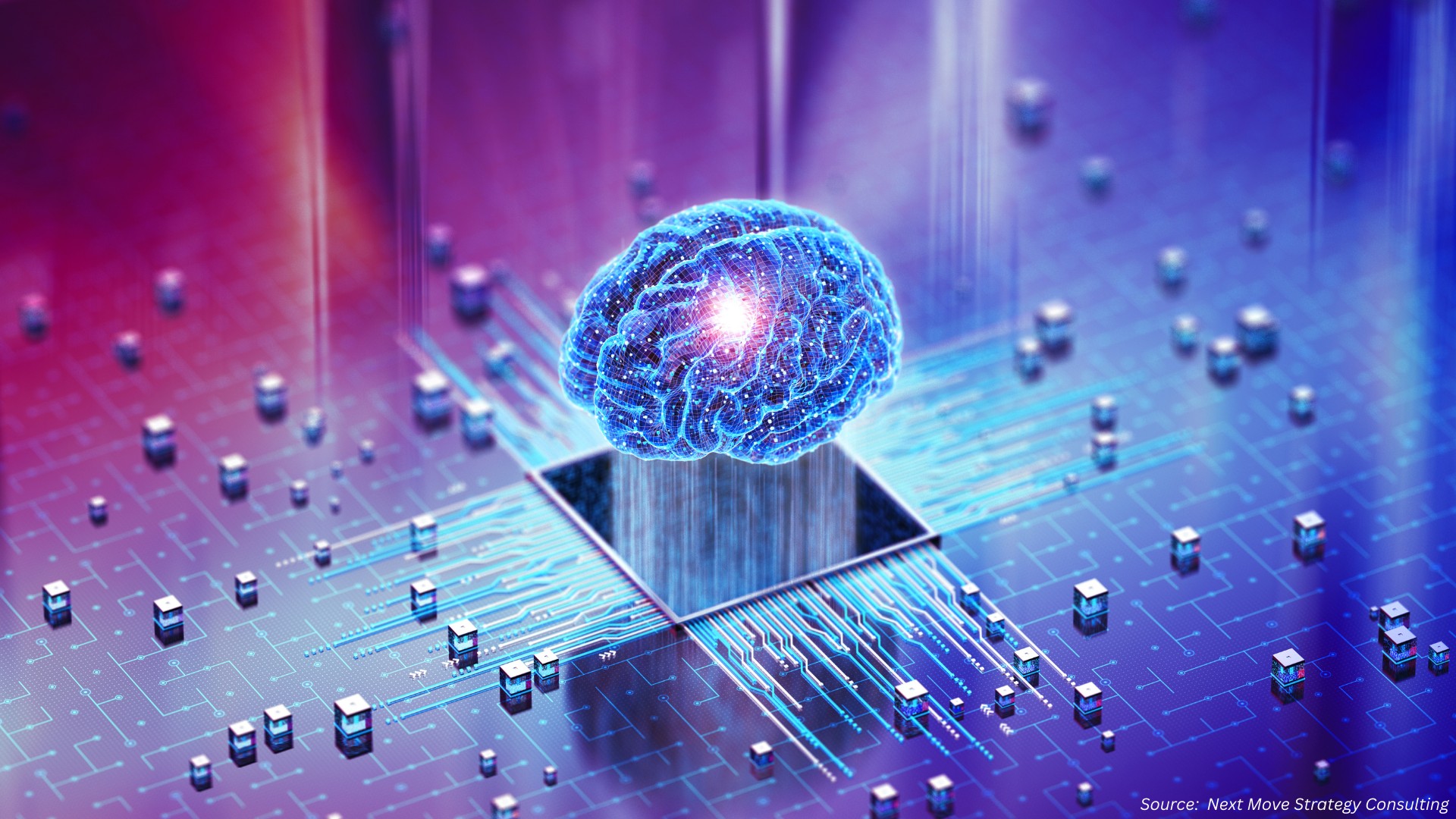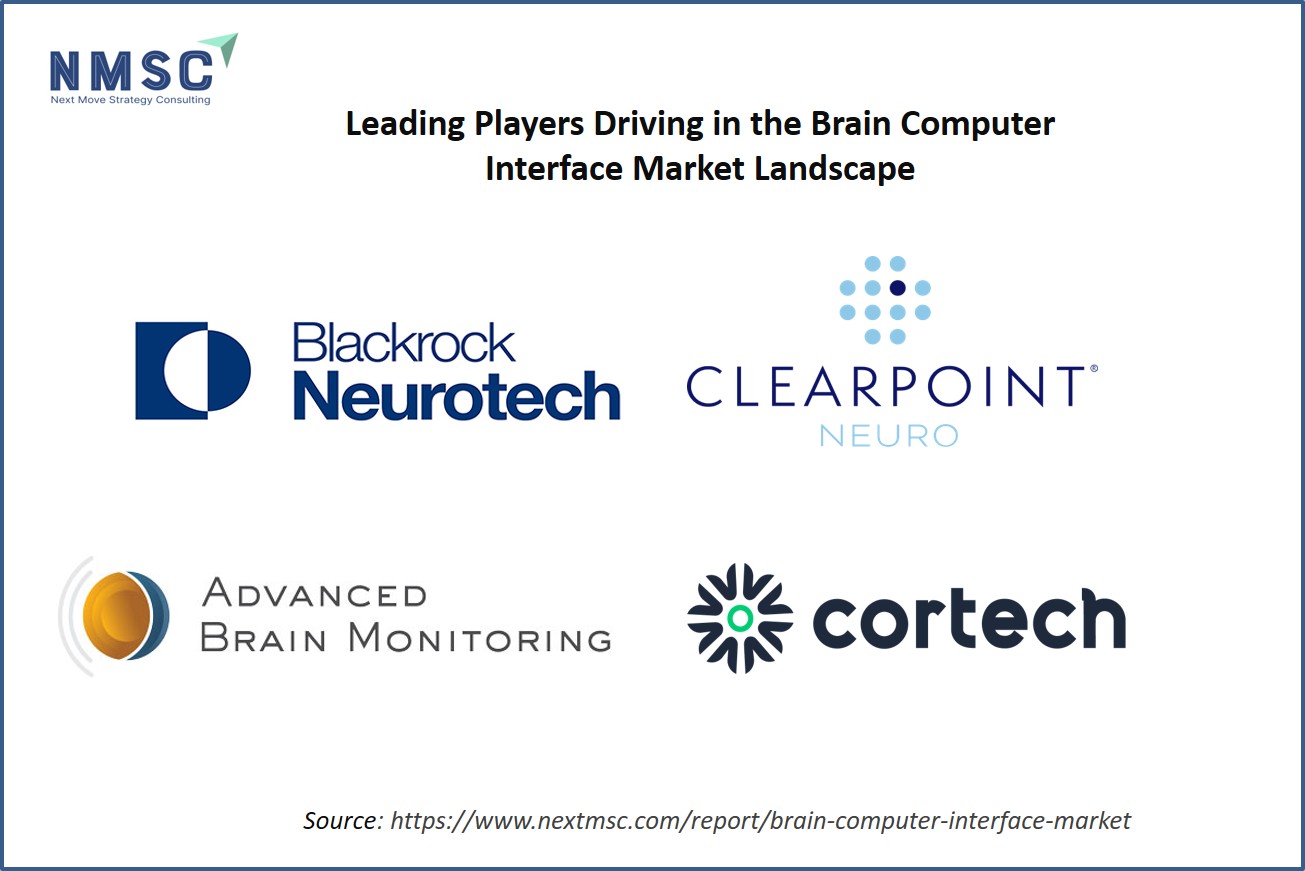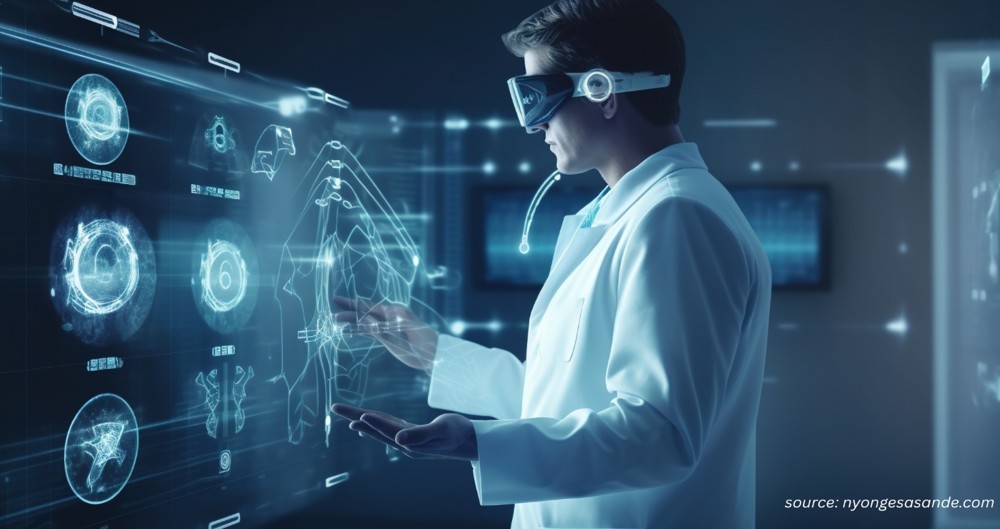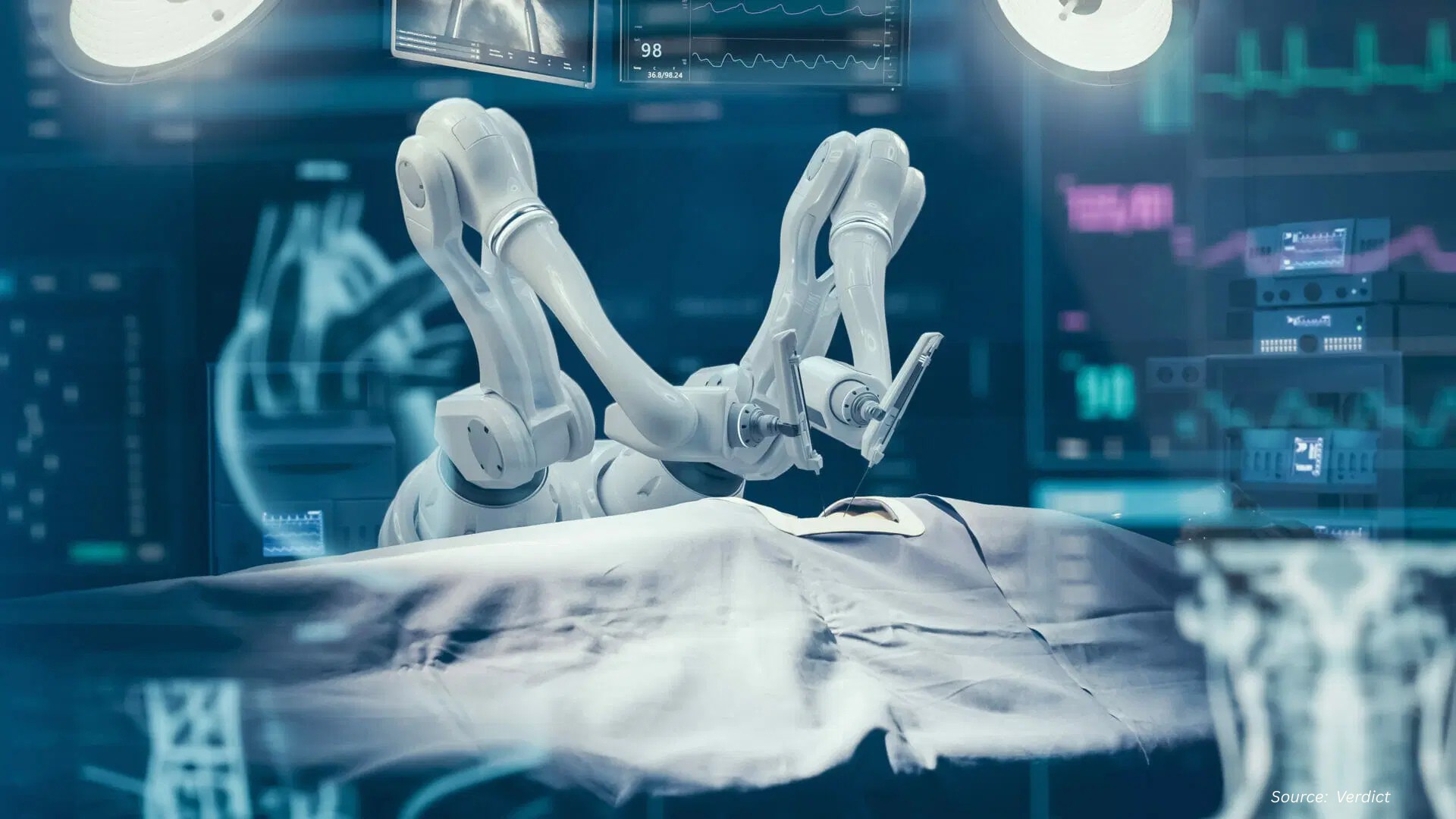Exploring the Future of Brain-Computer Interfaces: Revolutionizing Human-Technology Interaction
Published: 2025-09-12

Brain-computer interfaces (BCIs) are no longer the stuff of science fiction. These cutting-edge technologies allow humans to control devices using their thoughts, offering life-changing possibilities for people with neurological conditions and beyond. From controlling drones to operating robotic arms, BCIs are transforming how we interact with the world.
What Is Brain-Computer Interface?
A brain-computer interface is a system that decodes brain signals and translates them into commands for external devices, such as computers, smartphones, or robotic arms.
According to the report by Next Move Strategy Consulting, the global Brain Computer Interface Market size is predicted to reach USD 5.99 billion by 2030, with a CAGR of 15.9% from 2023 to 2030.
By interpreting neural patterns, BCIs enable users to perform tasks without physical movement, making them particularly valuable for individuals with paralysis or other motor impairments.
-
How BCIs Work: Electrodes, either placed on the scalp or implanted in the brain, capture brain signals. These signals are processed by algorithms to execute specific actions, such as moving a cursor or controlling a drone.
-
Applications: BCIs are used in medical rehabilitation, gaming, communication, and even military applications.
-
Recent Advancements: Innovations in 2024 and 2025 have pushed BCIs toward greater efficiency and two-way communication, expanding their potential.
Brain-computer interfaces bridge the gap between the human brain and external devices, offering transformative applications for accessibility and beyond.
Breakthrough: The First Two-Way Adaptive BCI
In 2025, bioengineers at Tsinghua University and Tianjin University in China unveiled the world’s first two-way adaptive brain-computer interface, a significant leap in neuromorphic. Unlike traditional BCIs that only interpret brain signals, this device incorporates feedback to the brain, creating a dual-loop system.
Key Features of the Two-Way BCI
-
Memristor-Based Decoder: The system uses a memristor chip, which mimics neural network architecture, enabling adaptive learning and improved signal processing.
-
Dual-Loop Feedback:
-
First Loop: Updates the brain wave decoder to adapt to changing neural signals.
-
Second Loop: Provides feedback to the user, helping them refine their thoughts for better control.
-
-
Efficiency Gains: The device boosts efficiency by 100 times and reduces power consumption by approximately 1,000 times compared to conventional BCIs.
-
Applications: The BCI enabled real-time brain-controlled drone flight, allowing complex movements like rotation and forward-backward motion governed solely by brain signals.
This two-way communication allows the device to recognize more brain wave patterns, enabling users to perform intricate tasks with greater precision.
The two-way adaptive BCI represents a monumental advancement, offering enhanced efficiency and expanded applications through dual-loop feedback.
Who Are the Key Players Shaping the Brain-Computer Interface Industry?
The brain-computer interface industry is driven by several leading companies, including Blackrock Microsystems LLC, Advanced Brain Monitoring, Inc., ClearPoint Neuro, Cadwell Industries, Inc., Cortech Solutions, Inc., Emotiv, Integra LifeSciences, Natus Medical Incorporated, NeuroSky, and OpenBCI.
Neuralink’s Progress in Human Trials
Neuralink, founded by Elon Musk, is another major player in the BCI field. In 2024, the company successfully implanted its brain-computer interface in a third human patient, with plans for 20 to 30 additional procedures in 2025. These implants aim to help individuals with paralysis or neurological conditions like ALS regain control over their environment.
Neuralink’s Achievements and Ongoing Studies
-
Human Implants: Three patients have received Neuralink implants, with earlier recipients, such as Noland Arbaugh, demonstrated the ability to move a cursor, browse online platforms, and even play simple games using only their thoughts. The 2025 updates build on these milestones by confirming a third successful implant and plans for dozens more.
-
Surgical Innovation: Neuralink uses a specialized surgical robotic for implantation, a technique the company has highlighted in previous disclosures. While the recent 2025 updates focus mainly on patient outcomes and trial expansion, this surgical approach remains central to Neuralink’s process.
-
Clinical Trials: Neuralink’s ongoing clinical trials are designed to evaluate the safety and effectiveness of its implants in helping patients control external devices. While earlier filings reference studies with names like Prime and Feasibility, the 2025 reports mainly highlight patient progress and Neuralink’s plans to expand the number of implants.
Neuralink’s ongoing trials demonstrate the potential of BCIs to restore independence to individuals with severe motor impairments, with ambitious plans for expansion in 2025.
Comparing the Two Approaches
Both the Chinese research team and Neuralink are pushing the boundaries of BCI technology, but their approaches differ in scope and focus. Below is a comparison of their key features:
|
Feature |
Tsinghua/Tianjin |
Neuralink BCI |
|
Communication Type |
Two-way adaptive |
One-way (signal |
|
Key Technology |
Memristor-based |
Ultra-fine threads |
|
Efficiency |
100x more efficient, |
Not specified |
|
Applications |
Drone control, |
Device control, |
|
Study Focus |
Real-time adaptability |
Safety and efficacy |
While the Chinese BCI excels in efficiency and two-way communication, Neuralink focuses on surgical precision and broader clinical applications
Challenges and Future Potential
Despite these advancements, BCIs face challenges, including high surgical risks, the need for precise signal decoding, and ethical concerns about brain privacy. However, the potential benefits are immense:
-
Medical Applications: Restoring mobility and communication for patients with paralysis, ALS, or spinal cord injuries.
-
Broader Uses: Enhancing gaming, virtual reality, and human-AI collaboration.
-
Future Vision: BCIs could eventually integrate with artificial intelligence to augment human cognition, though this remains speculative.
BCIs hold transformative potential but must overcome technical and ethical hurdles to achieve widespread adoption.
Next Steps for BCI Enthusiasts
For those eager to stay informed or contribute to the BCI revolution, consider these actionable steps:
-
Follow Research Updates: Monitor journals like Nature Electronics for cutting-edge BCI studies.
-
Explore Clinical Trials: Check platforms like the FDA’s clinical trial registry for opportunities to participate in or learn about BCI studies.
-
Engage with Neurotechnology Communities: Join forums or attend conferences focused on neurotechnology to connect with experts and enthusiasts.
-
Stay Informed on Neuralink: Visit Neuralink’s official site or follow credible news outlets for updates on their 2025 trials.
-
Learn About Memristor Technology: Research memristor-based systems to understand their role in advancing BCI efficiency.
Engaging with BCI advancements through research, trials, and community involvement can help you stay at the forefront of this transformative field.
Conclusion
Brain-computer interfaces are revolutionizing how we interact with technology, from enabling thought-controlled drone flights to restoring independence for those with neurological conditions. The two-way adaptive BCI from Tsinghua and Tianjin Universities and Neuralink’s clinical trials highlight the rapid progress in this field. As these technologies evolve, they promise to unlock new possibilities for human capability and connectivity.
BCIs are poised to transform lives, with 2024–2025 marking a pivotal moment in their development.
About the Author
 Nitrishna Sonowal is a skilled SEO Executive and Content Writer with over 3 years of experience in the digital marketing industry. With a deep understanding of the ever-evolving digital landscape, she blends analytical insights with creative storytelling to deliver impactful digital solutions. She creates content that resonates with both clients and readers alike. Outside of work, she enjoys dancing, baking, and traveling to new places.
Nitrishna Sonowal is a skilled SEO Executive and Content Writer with over 3 years of experience in the digital marketing industry. With a deep understanding of the ever-evolving digital landscape, she blends analytical insights with creative storytelling to deliver impactful digital solutions. She creates content that resonates with both clients and readers alike. Outside of work, she enjoys dancing, baking, and traveling to new places.
About the Reviewer
 Sanyukta Deb is a seasoned Content Writer and Team Leader in Digital Marketing, known for her expertise in crafting online visibility strategies and navigating the dynamic digital landscape. With a flair for developing data-driven campaigns and producing compelling, audience-focused content, she helps brands elevate their presence and deepen user engagement. Beyond her professional endeavors, Sanyukta finds inspiration in creative projects and design pursuits.
Sanyukta Deb is a seasoned Content Writer and Team Leader in Digital Marketing, known for her expertise in crafting online visibility strategies and navigating the dynamic digital landscape. With a flair for developing data-driven campaigns and producing compelling, audience-focused content, she helps brands elevate their presence and deepen user engagement. Beyond her professional endeavors, Sanyukta finds inspiration in creative projects and design pursuits.

















Add Comment